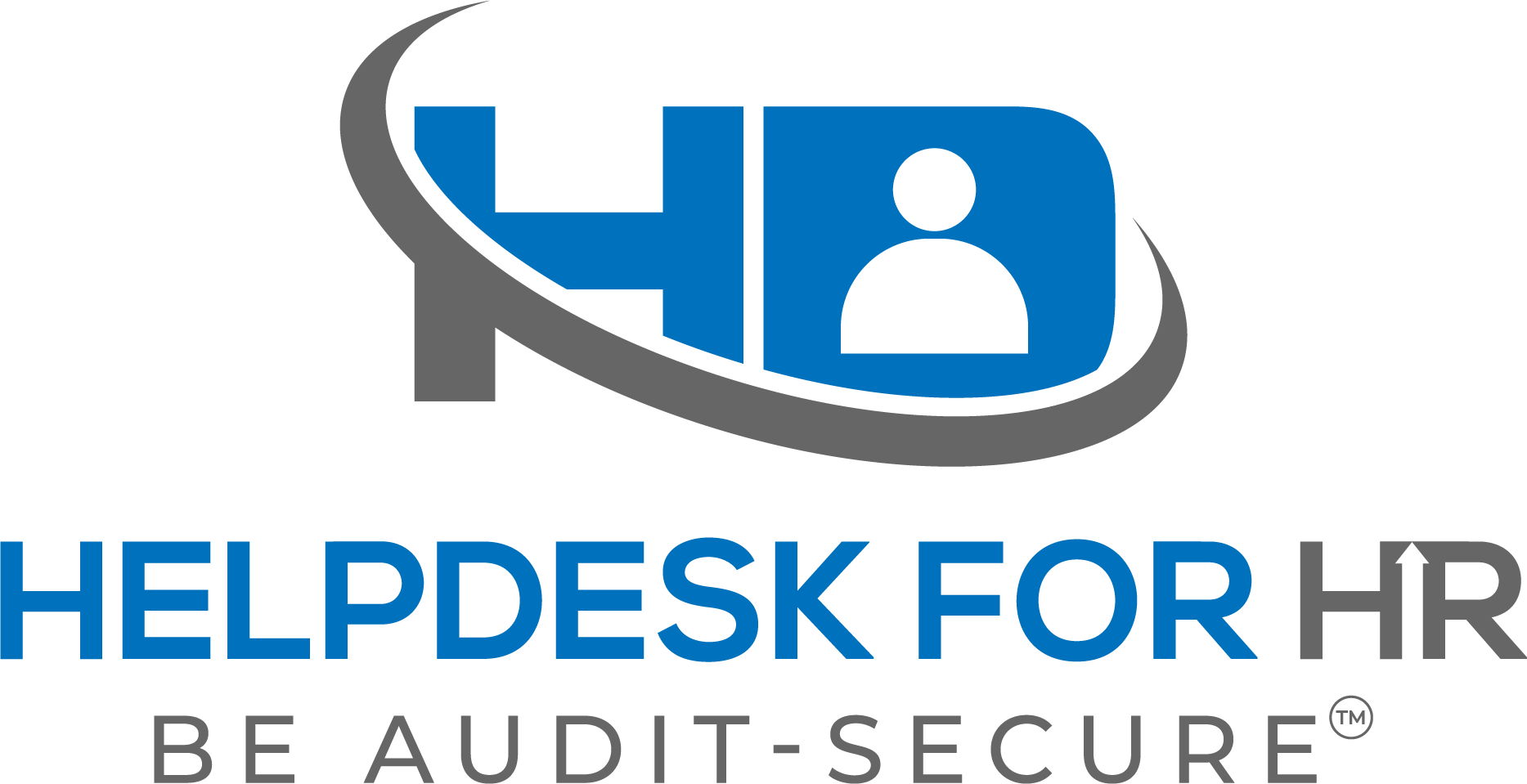Hey, Warriors and Bosses!
Starting January 1, 2025, New York is taking a significant step forward in supporting pregnant employees with the introduction of mandatory paid prenatal leave. This groundbreaking addition to New York Labor Law § 196-b will provide eligible employees up to 20 hours of paid time off specifically for prenatal care. The New York State Department of Labor has recently released detailed guidance to help employers understand and implement this new requirement.
Let’s explore the key aspects of this law that every employer should understand.
A Standalone Benefit
One of the most important points to grasp is that this prenatal leave exists independently of other leave policies. Employers cannot satisfy this requirement through existing paid time off or sick leave policies, no matter how generous they may be. The 20 hours of prenatal leave must be provided in addition to any other leave benefits, whether mandated by law or offered voluntarily by the employer.
Broad Eligibility and Coverage
The law casts a wide net in terms of who it covers. All private sector employers in New York must comply, regardless of their size. Perhaps more surprisingly, employees are eligible from their very first day of work – there’s no minimum service requirement or waiting period. This includes part-time workers, temporary employees, and even paid interns.
Understanding the Scope of Coverage
The law’s coverage extends beyond what many might initially assume. While it clearly covers traditional prenatal appointments, it also applies to fertility treatments, including in vitro fertilization, and end-of-pregnancy care. However, it’s important to note that postpartum appointments are not covered under this specific leave provision.
Interestingly, the benefit is limited to the person receiving the prenatal care – partners or support persons cannot use this leave to attend appointments, even if they work for the same employer.
Employee-Friendly Implementation
The law includes several provisions that make it particularly accessible to employees. For instance, employers cannot require doctor’s notes or any other medical documentation to verify the need for leave. Employees also have complete discretion in choosing when to use their prenatal leave in relation to other available time off benefits – employers cannot require them to exhaust other leave options first.
Tracking the 52-Week Period
Understanding how to track the leave period requires careful attention. Rather than following the calendar year, the 52-week period begins with an employee’s first use of prenatal leave. This means each employee might have a different 52-week cycle. Within this period, employees are entitled to 20 hours of leave, which can be used across multiple pregnancies if they occur within the same timeframe.
Payment Requirements
When employees take prenatal leave, they must be paid at their regular rate of pay or the applicable minimum wage, whichever is higher. This ensures that employees don’t face financial hardship when attending necessary prenatal appointments.
What Employers Should Do Now
With January 1, 2025, approaching quickly, employers should take several immediate steps:
- Review and update existing leave policies to incorporate this new benefit
- Develop systems for tracking the 52-week periods for individual employees
- Train HR staff and managers on the new requirements
- Create clear communication materials for employees about their rights under the new law.
- Ensure payroll systems are prepared to handle this additional leave category
Remember, these requirements take effect on January 1, 2025, so employers should be ready to ensure smooth compliance with the new law.
Be Audit-Secure™!
Lisa Smith, SPHR, SCP
Note: This blog post is for informational purposes only and should not be construed as legal advice. Always consult with a legal professional for advice specific to your situation.
Here is what all you will get:
- Boss Calls™ – Access to EVERY Boss Call™ – Past & Future.
- HelpDesk for HR VAULT – Access to all 8 of our proprietary tools and applications to make your workday simple.
- Forms, Docs, Policies and Procedures Library – 700+ samples you can download and edit to fit your needs.
- U.S. ePoster Club – Download state, city, and local posters. Both required & recommended, for all 50 states & D.C.
- Same-day email support – Write to our team of SPHR and SCP professionals with all your HR questions.

Lisa Smith, SPHR, SHRM – SCP
Certified EEO Investigator (EEOC)
Lead Support and Content Chief – HelpDeskforHR.com
“You cannot be audit-proof, but you can Be Audit-Secure.”
